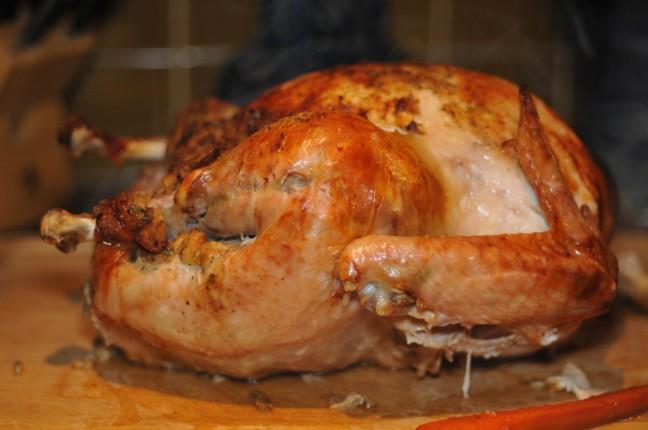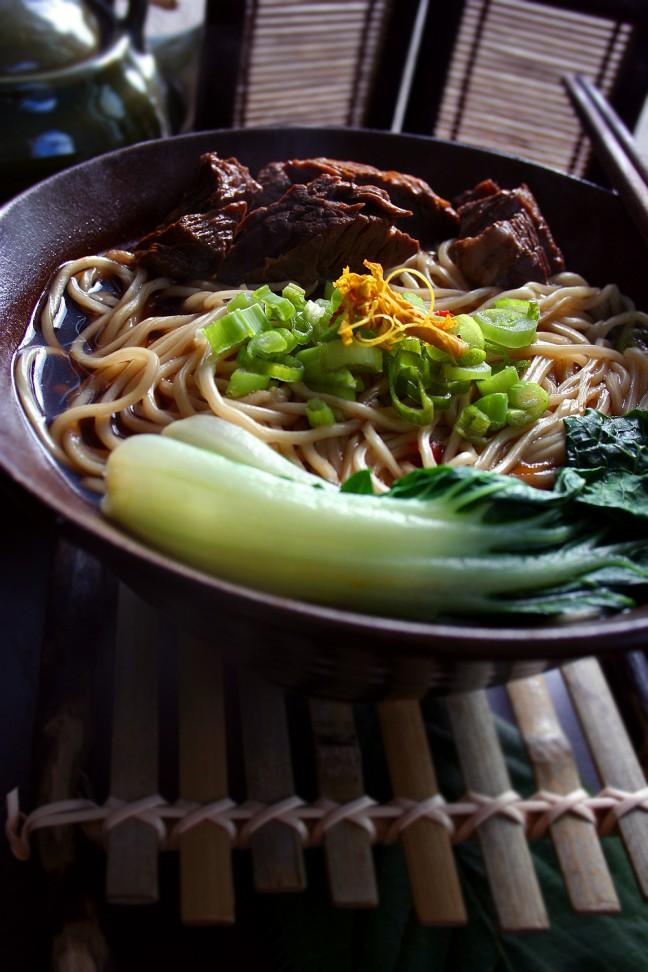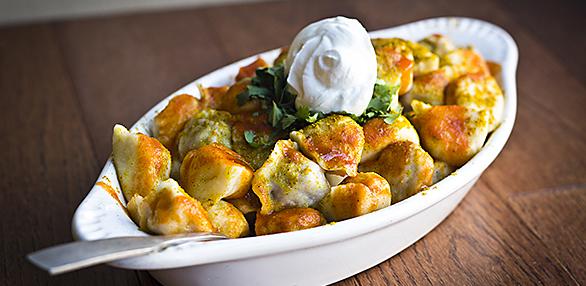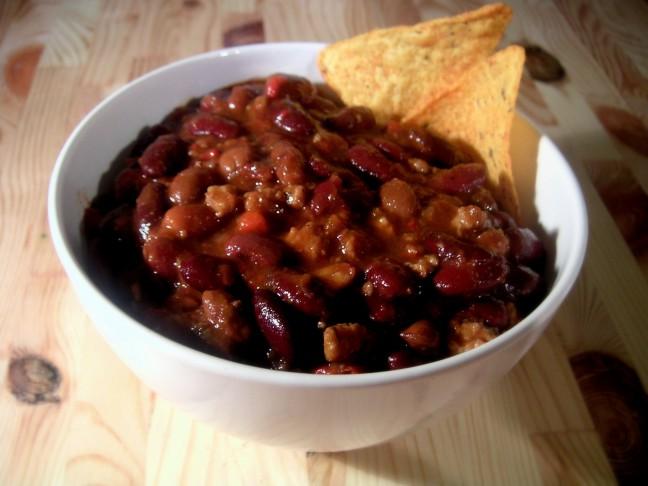When you think of ramen, what do you picture? Fragile squares of dried noodles? Tin foil packets of powdered flavoring? A Styrofoam cup, perhaps?
Well, clear your assumptions, because the laid-back Umami Ramen & Dumpling Bar at 923 Williamson St. is out to revise ramen’s “cheap-but-questionable” reputation.
Built into an 1880s historic house and opened in March 2011, Umami is the culinary creation of New Yorkers Michael Ding and Randy Ng. Outside, a wood and black metal deck lend the feeling of a Japanese garden, while inside dimmed lighting, clean lines and orange walls give off the vibe of a hip downtown New York restaurant. The staff is easygoing and friendly. Bamboo lattices hang from the ceiling and smooth, unobtrusive music undulates its way out of the speakers, setting the mood for delicious – excuse me – umami food.
“Umami” represents an exciting occasion in a journalist’s lifetime – the gradual adoption of a new word into the American lexicon. Think of it this way: You know the four basic tastes – sweet, sour, bitter and salty. Well, in 1985, scientists officially christened “umami” as the fifth basic taste, complete with a specific blend of amino acids. Now it is becoming more and more recognized as a real flavor, especially in the food world.
Although umami can roughly be translated as “savory,” it has no true direct translation. According to Gary Beauchamp, a specialist in the genetics of taste perception, umami’s function is best described as “the ability to balance taste and round out the total flavor of a dish.” In other words, adding umami to any given dish will make it more palatable.
Contrary to what you might think, umami does not come from red meat. In fact, foods like fish, mushrooms, tomatoes and spinach tend to give off the most powerful umami flavors. According to Kikunae Ikeda, the Japanese scientist who identified umami in 1908, Japanese dashi, or seaweed broth, gives off the singular most powerful and pure umami flavor.
Meaning, if you want to taste pure umami, you should order the veggie ramen – it comes in seaweed broth very similar to dashi. As for the ramen itself, forget those crunchy curly-cues the grocery stores call ramen. These ramen noodles are hand-rolled a few blocks away at RP’s Pasta and have the firm texture to prove it. Mushrooms, seaweed, bamboo and bean sprouts round out the bowl (which, it turns out, is also a local creation from nearby Midwest Clay Project). If you like some meat in your diet, try the tonkotsu (pork) or miso (chicken) ramen. And do not pass up the “flavor infused egg.” It is a small, rich white and yellow miracle that will take you places eggs have never taken you before.
The only drawback to the ramen dishes is their saltiness, which gets to be too much towards the end of the bowl.
Japanese ramen takes up one side of the menu; Chinese dumplings supplement the other half. Chinese dumplings are basically what you would think of as pot stickers – sticky dough crimped around ground-up fillings and pan fried. You can get “classic” pork and chives, chicken and chives, chicken and shiitake mushrooms (my personal favorite) or “veggie,” with tofu and bok choy. The dumplings are decadent and popping with flavor, especially when dipped in the salty sesame soy sauce or sweet ginger sauce.
My only complaint about the dumplings was their texture, which was a little tough and rubbery and had the feeling of something that had been frozen prior. (I also found them difficult to eat with chopsticks, but that’s my problem since everyone else at the table, including my 11-year-old cousin, was able to pick them up with delicacy and ease. Whatever, fork-haters.)
But we’re going to dial it back to the appetizer menu for a second, because the very best thing I tasted at Umami wasn’t ramen or dumplings – it was the pork buns. Umami describes its pork buns as “braised pork belly in Chinese ‘mantou’ (steamed) bun with pickled baby cucumber, scallions and house blend hoisin sauce.” I don’t know how they did it, but with this dish Umami lighted on the most engaging and perfectly-balanced combination of flavors possible. When you bite into one, the braised pork comes charging out of the soft, pillowy mantou bun in all its roasted glory, decorated with a briny cucumber and blanketed in the salty, succulent hoisin sauce.
To sum it up, Umami Ramen & Dumpling Bar gets five stars for service and atmosphere, four stars for ramen, three-and-a-half stars for dumplings and 10,000 stars for their pork buns. Umami Ramen & Dumpling Bar on Willy Street: Go there. Bring your New Yorker-wannabe friends. Eat the pork buns. Umami!
Samantha Stepp is a junior majoring in journalism. Email suggestions, recipes or comments to [email protected].











